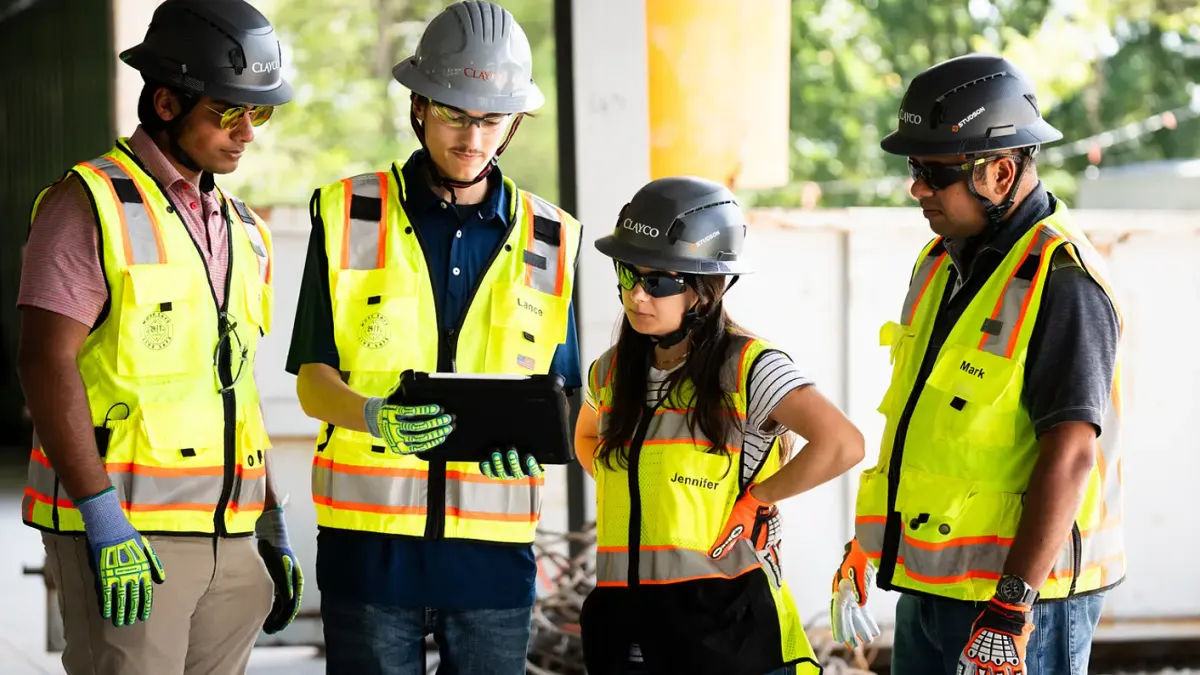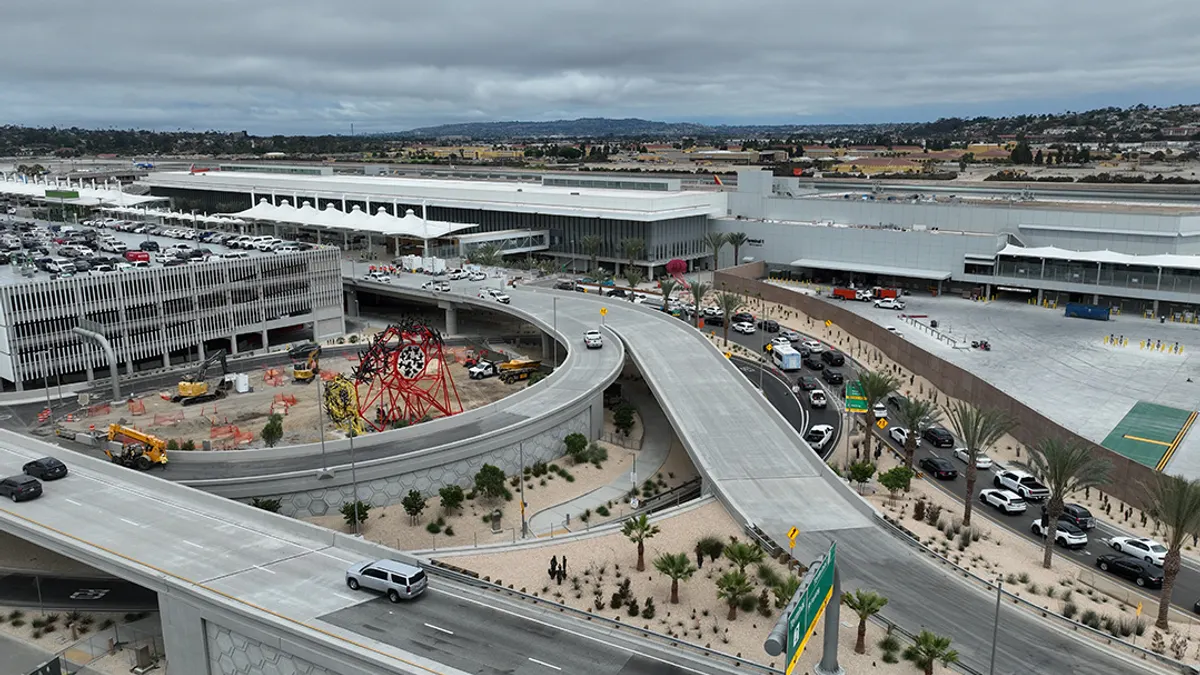Dive Brief:
- Construction employment growth continued to slow in September for a third-straight month, adding 8,000 net new jobs, the Bureau of Labor Statistics reported Friday.
- The month's total construction employment of 6.911 million represented a 184,000-position — or 2.7% — increase from September 2016, according to the Associated Builders and Contractors.
- Within the industry, specialty trade contractors across the residential and nonresidential sectors drove September's employment growth, adding 8,900 new positions last month. The nonresidential sector (including heavy civil and engineering) added 3,200 positions, while residential builders lost 3,900 jobs during the period.
Dive Insight:
After seeing its strongest numbers since February last month, construction employment scaled back notably in September. The slowdown likely comes as the southern U.S. continues its rebuilding efforts following devastation from Hurricanes Harvey and Irma. The storms would help explain why nonresidential specialty trade contractors drove the month's figures, according to ABC Chief Economist Anirban Basu, as the segment comprises those who would be tapped to begin the rebuilding process.
Though the month's report offers little in the way of sure data with which to base future economic decisions, the industry is likely to see employment tick up steadily as rebuilding gets underway at full force. Together, Harvey and Irma are estimated to have caused up to $200 billion worth of damage, according to Moody's.
Still, the ongoing skilled labor shortage will likely compound such efforts, with today's construction labor more strained than it was following Hurricane Katrina. Even before the storms, seven in 10 contractors had reported difficulty finding qualified workers to fill their payrolls, the Associated General Contractors of America reported this summer.
Residential builders also face headwinds from a shortage of buildable lots. Homebuilder confidence in the market for new single-family homes, in turn, slipped in September — largely in response to uncertainty over labor and material availability following the hurricanes. This month's loss in residential positions, along with an expected rise in material prices will likely continue to strain builders' ability to keep pace with demand.
In the meantime, analysts forecast construction spending — and employment — to continue rising on the backs of a strong and stabilizing construction backlog and rising demand for design services. The nonresidential sector, too, could still get a boost from President Donald Trump's $1 trillion infrastructure plan, though any work stemming from that program isn't likely to begin in the near future.











